Blogs & News
We are focus on automotive wiring harness & connectors technology.
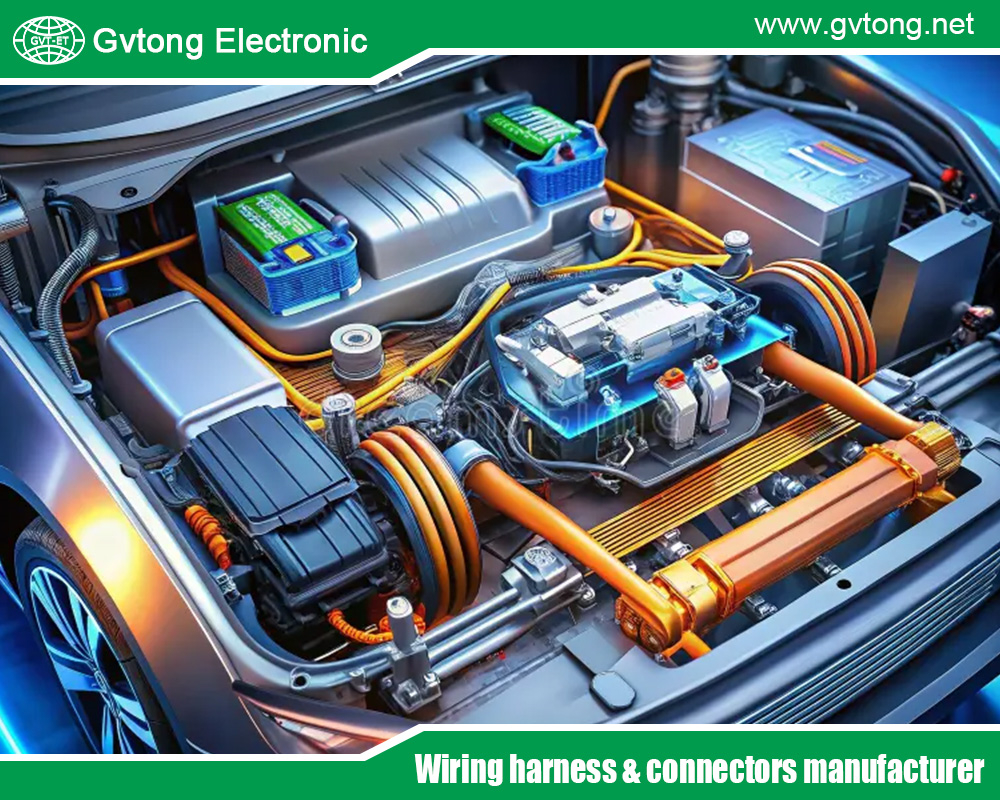
How does the material choice of automotive Oil-resistant Connectors performance and reliability?
- Gvtong Electronic
- 2 Pin Way Car Waterproof Electrical Connector, 2p 32p Automotive Connector Terminal Crimping, auto Connector, Automobile Waterproof Connector, automotive Oil-resistant Connectors company, automotive Oil-resistant Connectors factory, automotive Oil-resistant Connectors manufacturer, automotive Oil-resistant Connectors supplier, automotive Vehicle Connector, automotive Wire Battery Terminal Connector, Connecting Terminal, Copper Alloy Connector, durable Connectors, electric Connectors Terminal, electric Fast Compact Wire Connector, high Current Connectors, high Voltage Interface Connectors, Latest Design Connectors, male Female Wire Connector, new Energy Connectors, plug Auto Electrical Wire Connectors, right Angle Pin Header Pcb Connector, sealed Automotive Connectors, Waterproof Connector
- No Comments
Research suggests that material choice significantly affects the performance and reliability of automotive oil-resistant connectors.
It seems likely that thermoplastics like PBT, PA6, PA66, and PA46 are commonly used for their oil and chemical resistance.
The evidence leans toward elastomers like fluorosilicone and EPDM being crucial for seals to prevent oil ingress.
Metals such as brass and phosphor bronze are typically used for contacts, with overall design ensuring oil resistance.
Materials for Housing and Insulation
The housing and insulation of oil-resistant connectors often use thermoplastics like PBT (Polybutylene Terephthalate), PA6 (Polyamide 6), PA66 (Polyamide 66), and PA46 (Polyamide 46). These materials are chosen for their ability to resist oil and chemicals, maintaining structural integrity in harsh automotive environments.
Role of Seals
Seals made from elastomers such as fluorosilicone and EPDM are vital, as they prevent oil from entering the connector, thus protecting internal components and ensuring long-term reliability.
Contact Materials
Contacts are typically made from metals like brass, phosphor bronze, and beryllium copper, selected for their electrical conductivity. While these metals are protected by the housing, the overall design ensures they remain functional in oily conditions.
Selecting the right materials for automotive oil-resistant connectors is a critical decision that directly influences their performance and reliability, especially in environments where exposure to oil is common, such as engine compartments. This detailed analysis explores the materials used, their properties, and how they contribute to the connector’s ability to withstand oil, ensuring robust electrical and mechanical functionality over time.
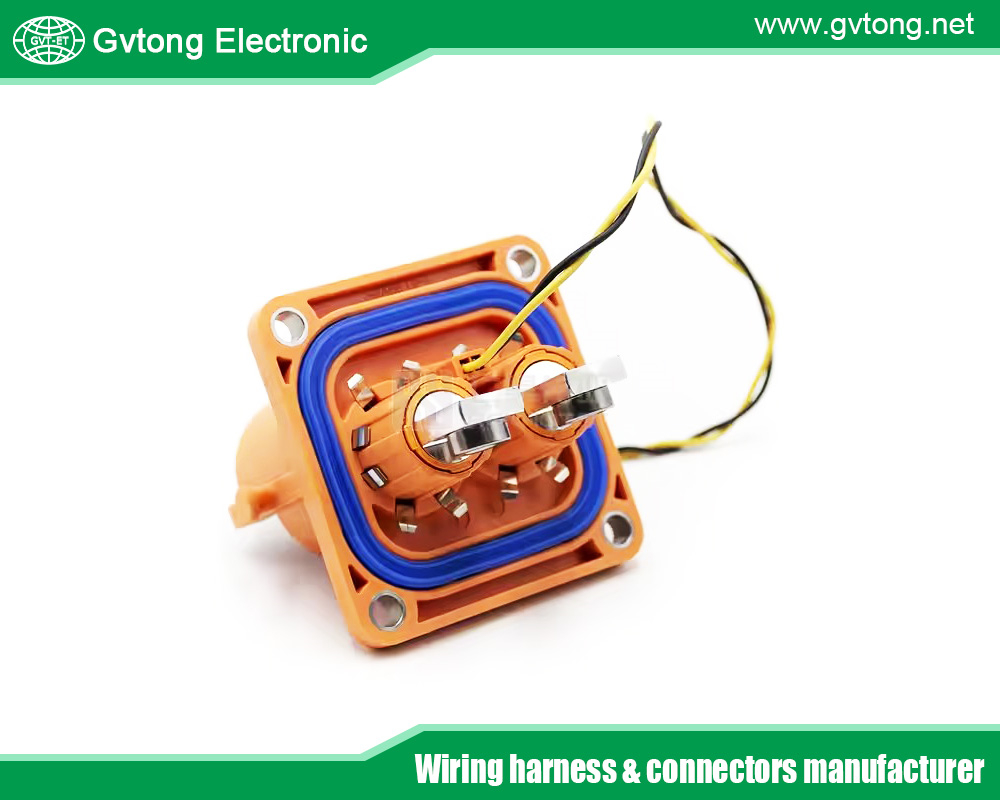
Electrical and Mechanical Requirements
The foundation of choosing materials for oil-resistant automotive connectors lies in their ability to handle electrical demands while resisting degradation from oil exposure. Research indicates that connectors must maintain low contact resistance and high insulation resistance, even when subjected to automotive fluids, as outlined in standards like USCAR2-7 by the Society of Automotive Engineers (SAE) and the United States Council for Automotive Research.
This specification includes tests for immersion in automotive fluids, with the solution varying based on whether the connector is sealed, highlighting the importance of material selection for oil resistance.
Material Selection for Housing and Insulation
The housing and insulation materials are crucial for protecting the internal components from oil and ensuring dielectric strength. Commonly used thermoplastics include:
PBT (Polybutylene Terephthalate): Known for its excellent oil and chemical resistance, PBT is often reinforced with 20-30% glass fiber for added strength, It has good wear resistance, low friction coefficient, and can operate at temperatures up to 230°C, making it suitable for harsh automotive environments.
PA6, PA66, and PA46 (Polyamides): These Nylons are widely used due to their toughness, chemical resistance, and ability to withstand oils. For instance, TE Connectivity’s Sensor Flat Connectors use PA6/PA46/PA6 for the body, CPA, and TPA, specifically chosen for oil resistance in engine sensor applications.
PA46, in particular, offers higher temperature resistance, enhancing reliability in hot, oily conditions.
These materials prevent swelling, cracking, or loss of insulating properties when exposed to oil, ensuring the connector maintains its structural integrity and electrical performance.
Sealing Materials for Oil Resistance
Seals play a pivotal role in preventing oil ingress, which could lead to corrosion or short circuits. Elastomers such as fluorosilicone and EPDM are commonly used for their oil-resistant properties:
Fluorosilicone: Found in energy application connectors, fluorosilicone elastomer interfacial seals are noted for their resistance to oils and fuels, as seen in Connector Products for Energy Applications. This material ensures a robust seal, protecting internal contacts from oil exposure.
EPDM (Ethylene Propylene Diene Monomer): Known for its resistance to oils and chemicals, EPDM is used in seals to provide an additional layer of protection, particularly in waterproof connectors used around engine compartments.
The choice of sealing material is critical, as inadequate seals can lead to oil penetration, compromising the connector’s reliability and potentially causing electrical failures.
Contact Materials and Design Considerations
Contact materials, such as brass, phosphor bronze, beryllium copper, and copper nickel silicon, are selected primarily for their electrical conductivity and mechanical strength.
While these metals may not inherently resist oil, their exposure is minimized by the protective housing and seals. The overall design, including sealed constructions and locking mechanisms, ensures that contacts remain functional in oily environments, automotive connectors designed for harsh conditions.
Environmental and Mechanical Factors
Automotive connectors, especially those in engine compartments, must withstand not only oil but also vibrations, high temperatures, and moisture. Materials like PBT and PA46 are chosen for their ability to resist cracking and maintain dielectric strength under high temperature and humidity, Additionally, the use of metal housings in harsh environments, such as special vehicles or muck trucks, can enhance mechanical strength, though plastics are preferred for weight reduction in passenger cars.
The choice of materials directly impacts the connector’s performance and reliability:
Oil Resistance: Materials like PBT and PA6 prevent degradation, ensuring the connector does not swell or crack when exposed to oil, maintaining electrical insulation and mechanical stability.
Sealing Effectiveness: Elastomers like fluorosilicone and EPDM ensure no oil ingress, protecting internal contacts from corrosion and short circuits, thus extending service life.
Durability: The combination of robust housing materials and effective seals ensures the connector can withstand the demanding conditions of automotive applications, reducing maintenance costs and downtime.
Compliance with industry standards, ensures that materials meet the necessary performance criteria for oil resistance. The specification includes tests for immersion in automotive fluids, underscoring the importance of material selection for sealed and unsealed connectors.
This compliance is crucial for safety-critical systems, ensuring reliability in vehicles.
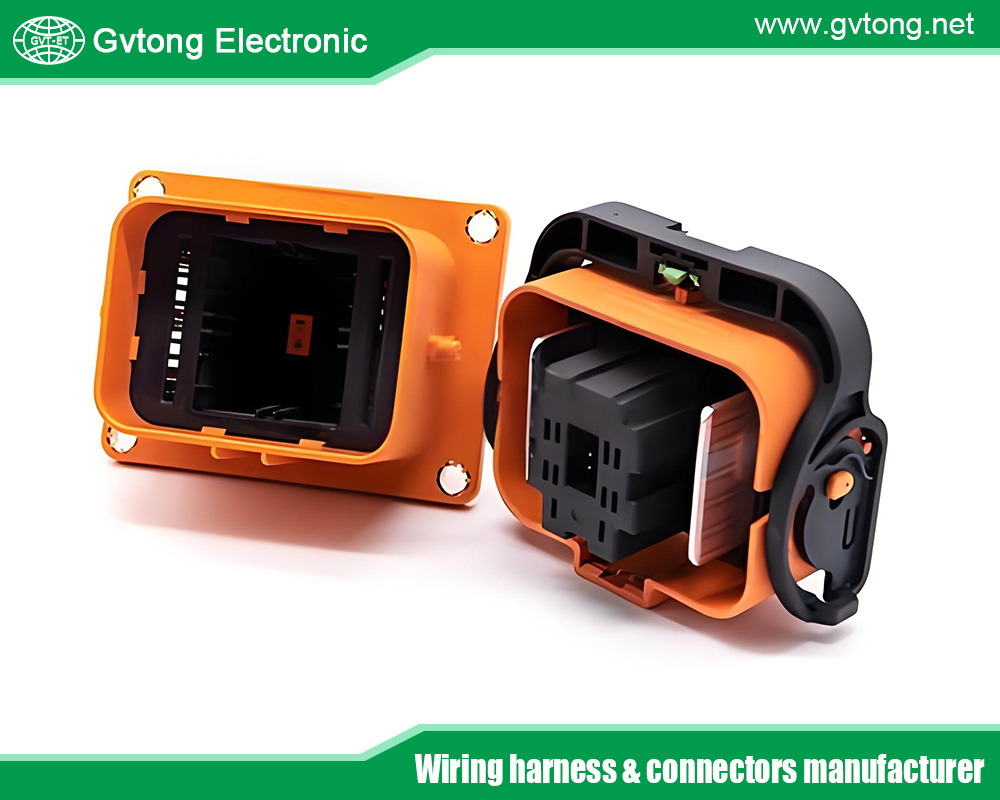
Different automotive applications require tailored material choices. For instance, connectors for charging electric vehicles need weather-resistant plastics, while those around engine compartments require oil-resistant materials like PBT and PA6.
When selecting materials, consult manufacturer datasheets. Additionally, consider the vehicle’s specific needs, such as engine type or exposure level, to ensure the chosen materials meet the application requirements. Resources like Oil Resistant Wire, Cable, and Electrical Connectivity Equipment emphasize the importance of material selection for reducing maintenance costs, which is equally applicable to connectors.
This comprehensive approach ensures that automotive oil-resistant connectors maintain high performance and reliability, enhancing vehicle safety and functionality.
For more about the How does the material choice of automotive Oil-resistant Connectors performance and reliability? you can pay a visit to Gvtong at https://www.gvtong.net/product-category/connectors/ for more info.
Recent Posts
The Best GR Series-Circular Connectors Manufacturer
The Best GD Series Combined Power Connector Manufacturer
A Guide to Selecting the Best GH Series Plastic Connector Manufacturer
How High Pressure Connectors Work?
The Best Automotive Connector Companies
Tags
Recommended Products
-
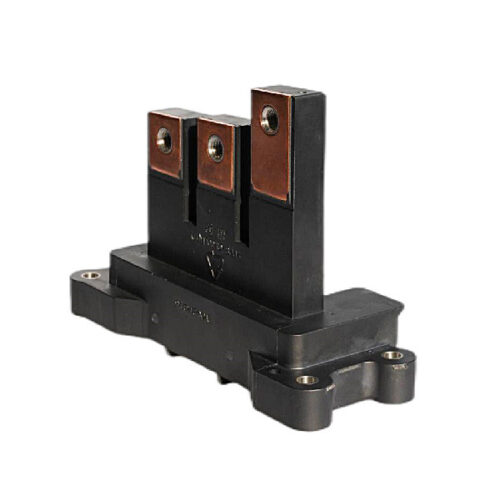
Electronic control copper bar assembly
-
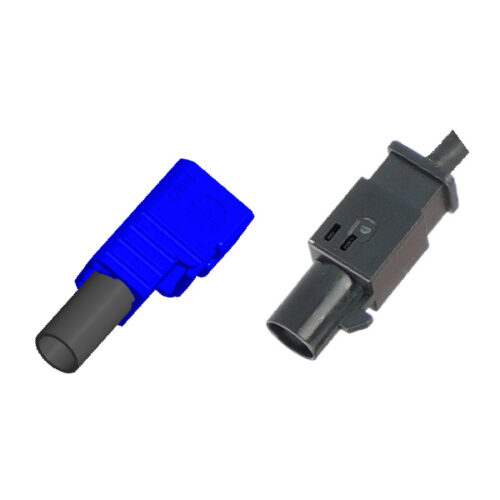
Automotive FAKRA Single Head Connector, Automotive Standard FAKRA Connectors
-
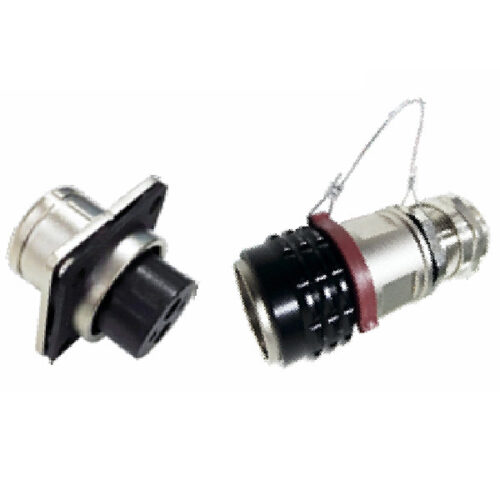
GT Series-2-core/3-core Signal Connector
-
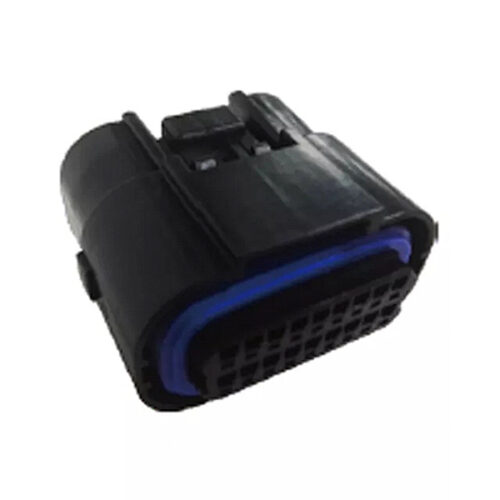
Signal connector-waterproof, double row, 18/26 core
-
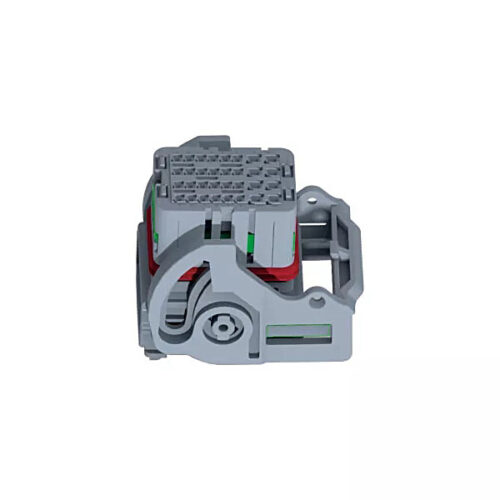
Low voltage connector-30PIN socket + plug
-
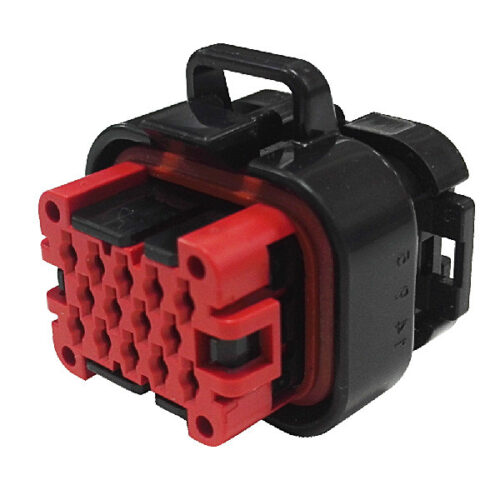
GE Series-14-core three-row signal connector
-
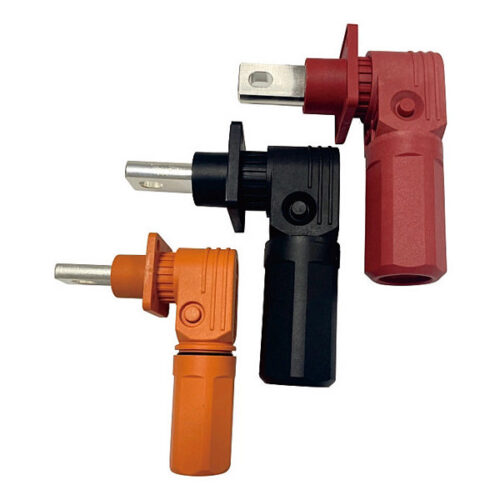
Energy storage connector 10.0mm
-
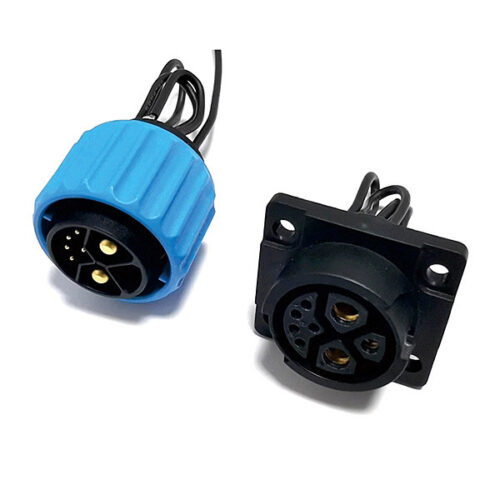
Combined power connector (2+1+5)
